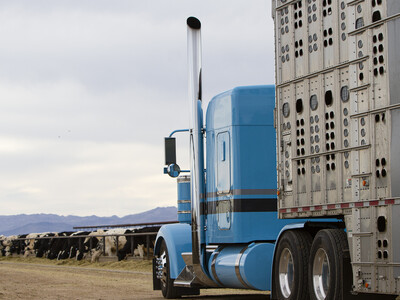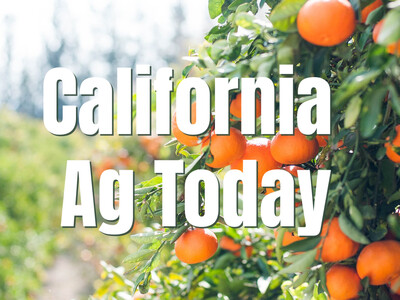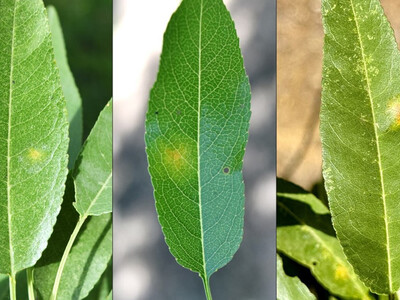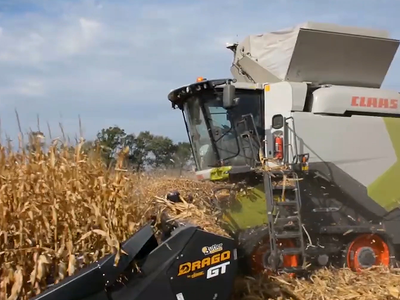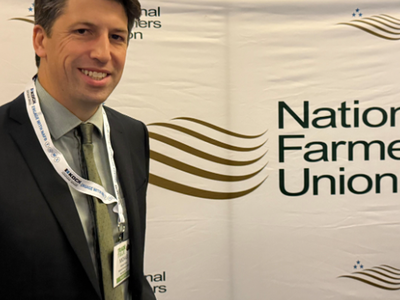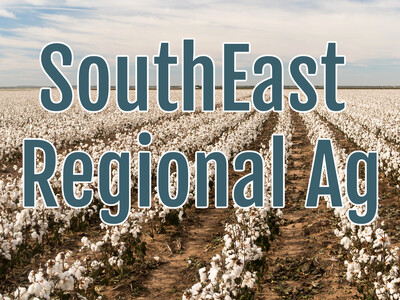Cover Crops
Cover Crops. I’m Greg Martin as Line On Agriculture presents the Harvest Clean Energy Report.
If you are wanting to maintain a sustainable farming operation, cover crops should be a part of your overall plan. Farmers can see a big dollar benefit to using cover crops according to Ryan Stockwell, Agriculture Program Manager with the National Wildlife Federation.
STOCKWELL: What we’ve been looking at here recently is trying to find way to protect a lot of those resources that we find so valuable. If it’s water availability or water quality or wildlife habitat, what we’ve found is that cover crops not only address those issues and help farmers to address those issues but they also in many ways and situations can help farmers.
If they profit and have more profit from the land make it easier for them to farm in this highly variable world of agriculture.
Stockwell says the National Wildlife Federation is committed to this.
STOCKWELL: At the National Wildlife Federation we’re working to address any concern that we have, we look to improve habitat for wildlife. Protecting our children’s future to enjoy that wildlife. For a lot of us the motivating factor is ensuring that the wildlife that we all enjoy now and the quality of environment that we enjoy now is available not only today but tomorrow and well into the future for all of our children.
He says there are a great many benefits to utilizing cover crops.
STOCKWELL: By providing cover crops which basically you grow either between the rows during the growing season or in the off-season during hat some people call the shoulder season, those cover crops help protect the soil as well as providing vital nutrients and habitats for wildlife. Going right to farmers, there’s a tremendous opportunity here to use cover crops to improve soil health and condition so that commodity crops grow better and you can get more yield from them.
But where does all this fit in with an energy efficient scheme?
STOCKWELL: It creates an opportunity to continue that very simple process of photosynthesis and to capture more carbon dioxide out of the atmosphere and to sink it into the ground. It’s a way of getting more soil carbon sequestration which again helps us in our air quality, helps us in addressing greenhouse gas emissions and it has again like we’ve been talking about just numerous benefits across the board.
For additional information on clean energy, visit harvestcleanenergy.org. That’s today’s Line On Agriculture. I’m Greg Martin on the Ag Information Network.
www.harvestcleanenergy.org







